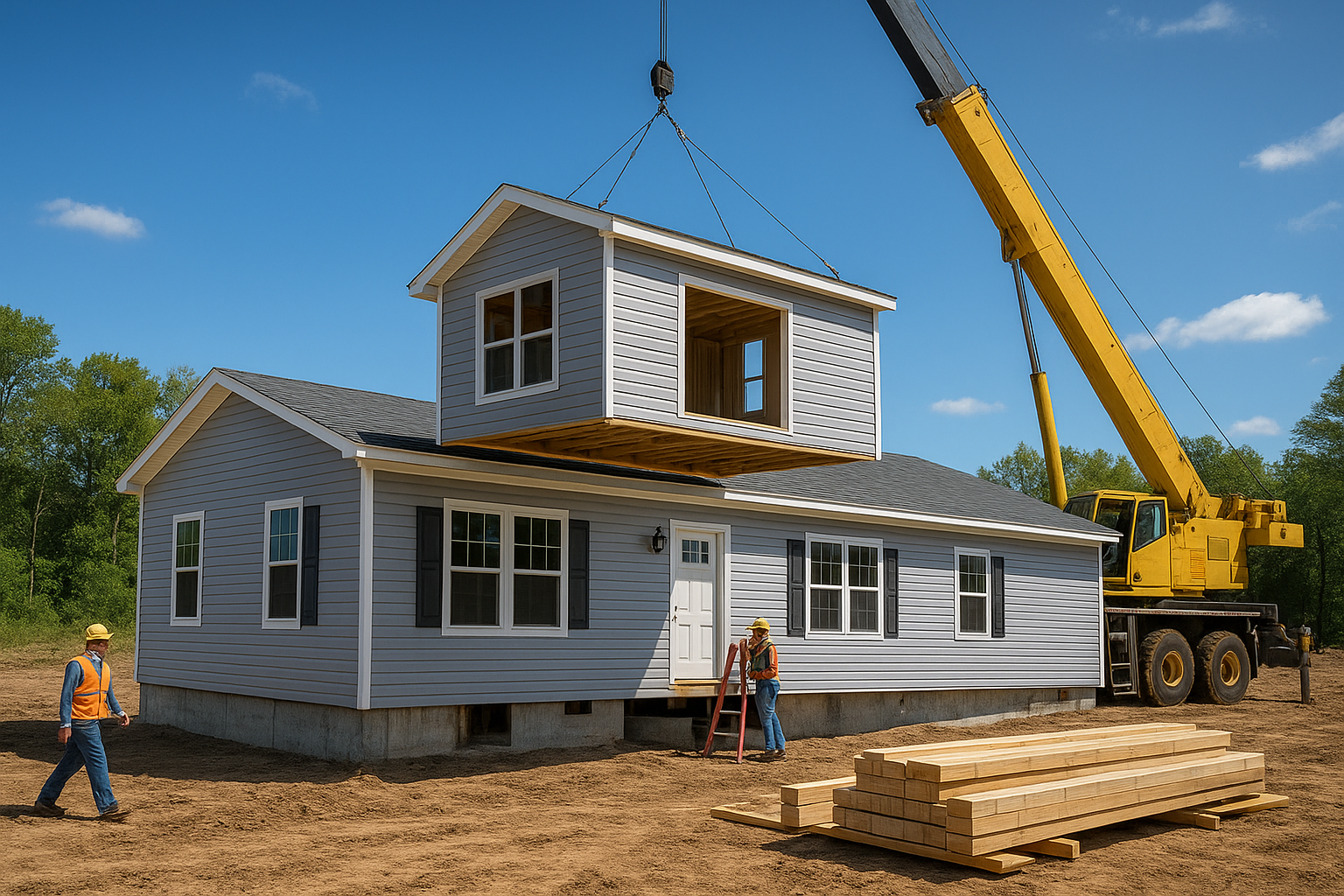What are the advantages and disadvantages of refinancing?
Refinancing your mortgage can be a powerful financial tool—but it also comes with trade-offs. Here’s a breakdown of the advantages and disadvantages to help you make an informed decision:
✅ Advantages of Refinancing
1. Lower Interest Rate
-
Benefit: Reduces monthly payments and total interest paid over time.
-
Best for: When current rates are lower than your original mortgage rate.
2. Lower Monthly Payments
-
Benefit: Frees up monthly cash flow.
-
How: Either by lowering the interest rate or extending the loan term.
3. Shorten the Loan Term
-
Benefit: Pay off your home faster and save on interest.
-
Example: Switching from a 30-year to a 15-year mortgage.
4. Access to Equity (Cash-Out Refinance)
-
Benefit: Turn built-up home equity into cash for big expenses (e.g., renovations, college tuition, or debt consolidation).
-
Caution: Increases your loan balance.
5. Switch Loan Type
-
Benefit: Move from an adjustable-rate mortgage (ARM) to a fixed-rate loan for stability, or vice versa for lower initial payments.
6. Eliminate Private Mortgage Insurance (PMI)
-
Benefit: Save money monthly if your equity has increased to over 20%.
7. Consolidate High-Interest Debt
-
Benefit: Pay off credit card or personal loan debt with a lower-interest mortgage loan.
❌ Disadvantages of Refinancing
1. Closing Costs
-
Drawback: Can range from 2% to 5% of the loan amount.
-
Examples: Appraisal, title fees, underwriting, origination fees.
2. Longer Loan Term (in some cases)
-
Drawback: If you reset to a 30-year loan, you might pay more interest overall—even with a lower monthly payment.
3. Risk of Higher Total Interest
-
Drawback: Lower monthly payments can mean more interest paid if the term is extended.
4. Tapping Equity Reduces Ownership
-
Drawback: With a cash-out refinance, you owe more on your home and have less equity—could be risky if home values fall.
5. Credit Score Impact
-
Drawback: Applying for new credit involves a hard inquiry, which may temporarily lower your credit score.
6. Not Worth It If You Plan to Move Soon
-
Drawback: If you sell before reaching the break-even point (when savings exceed refinancing costs), you may lose money.
7. Potential Prepayment Penalties
-
Drawback: Some mortgages charge a fee for paying off the loan early—check your current loan terms.
📌 Key Takeaway:
Refinancing can save you thousands—or cost you—depending on your goals, timing, and how long you plan to stay in the home.
How soon can you refinance a house after buying it?
You can technically refinance a house at any time after buying it—but whether you should depends on the type of refinance you’re doing and the specific requirements of your lender and loan type.
🔍 General Rules for Refinancing Timelines
✅ Rate-and-Term Refinance
(Refinancing to get a better rate or change the loan term)
-
Typical wait time:
No official waiting period, but most lenders require you to wait at least 6 months after your original closing. -
Why wait?
Lenders want to see a history of on-time payments and ensure the loan is “seasoned.” -
Best for:
Lowering your interest rate, changing loan type, or adjusting the term (e.g., 30 to 15 years).
💰 Cash-Out Refinance
(Refinancing to access your home’s equity)
-
Minimum wait time:
Usually 6 months after you closed on the original mortgage. -
Equity requirement:
You typically need at least 20% equity in your home. -
Note: Some lenders or government-backed loans (like FHA or VA) may have additional rules.
🏠 FHA, VA, and USDA Loans
Special government-backed programs have their own rules:
-
FHA Streamline Refinance:
-
Must wait 210 days from the closing date and have made 6 monthly payments.
-
-
VA IRRRL (Interest Rate Reduction Refinance Loan):
-
Wait at least 210 days and make 6 payments.
-
-
USDA Streamlined Assist Refinance:
-
You must have had the USDA loan for at least 12 months.
-
⚠️ Other Things to Consider
| Factor | Why It Matters |
|---|---|
| Closing Costs | You’ll pay fees again when refinancing (2%–5% of loan). |
| Break-even Point | You should calculate how long it takes for your savings to outweigh the refinance costs. |
| Prepayment Penalty | Rare today, but check if your current loan has one. |
✅ Bottom Line:
You can refinance shortly after buying a home, but 6 months is the standard threshold for most lenders—especially for cash-out or streamline options.
Source: chatgpt








